Featured in
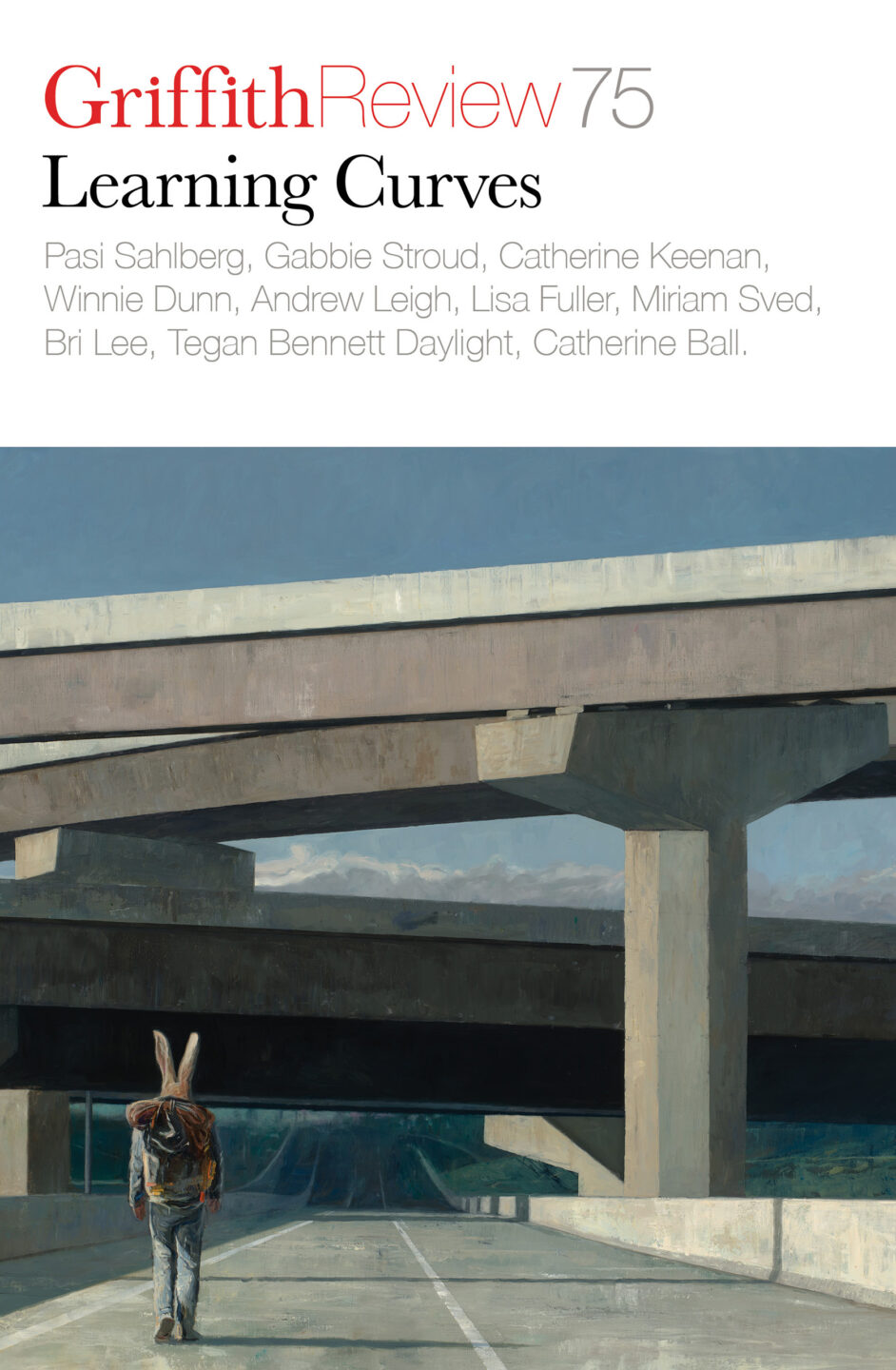
- Published 20220127
- ISBN: 978-1-92221-65-8
- Extent: 264pp
- Paperback (234 x 153mm), eBook
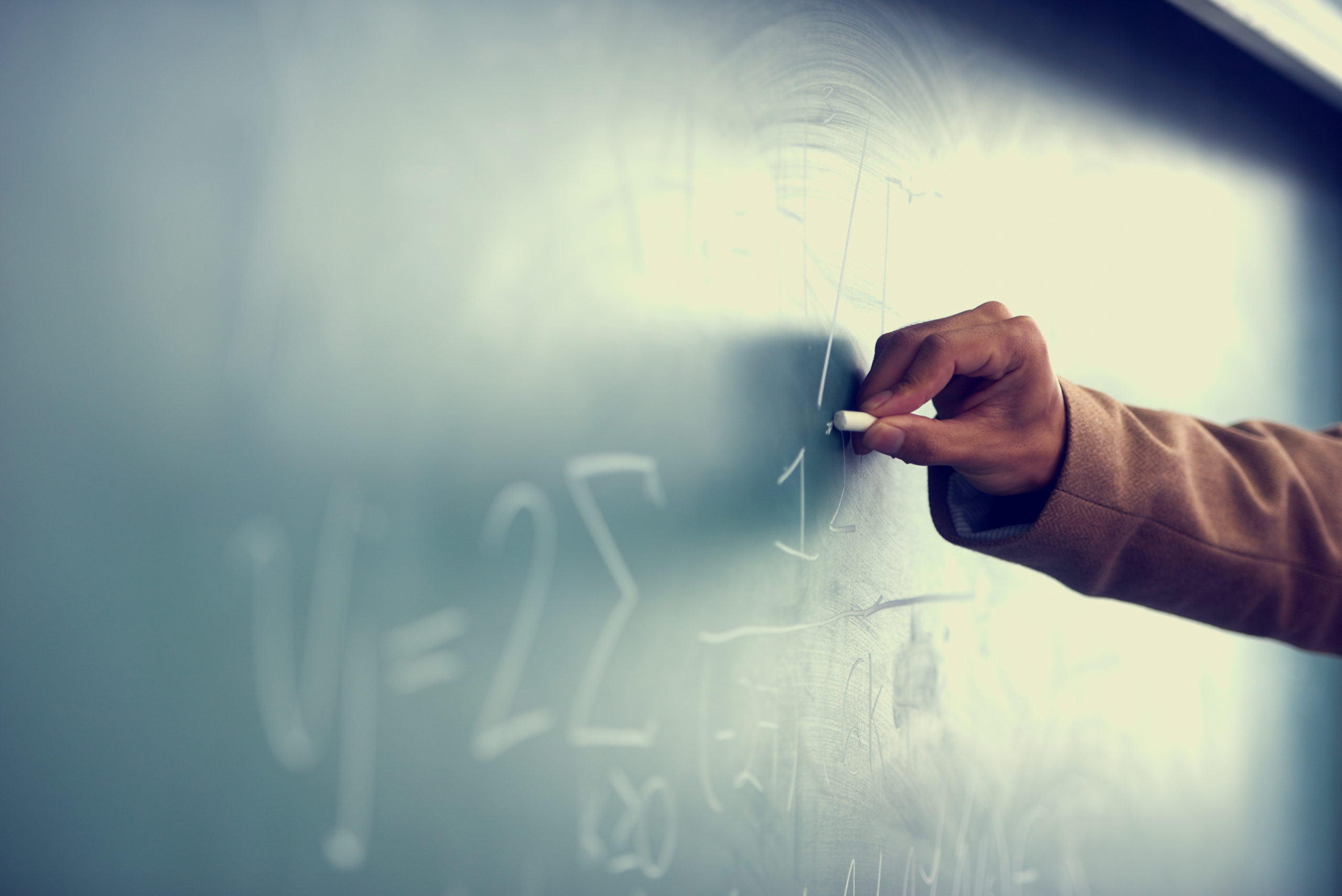
IN 2012, MALALA Yousafzai made world headlines when she was shot by the Taliban for her activism and advocacy for girls’ right to education. Two of her classmates were also injured in the attack. A year later, Malala brought global attention again when she presented at the inaugural Youth Takeover of the United Nations General Assembly. At that time, more than fifty-seven million children and young people worldwide were not in school, and millions more were in school but not learning. Joining her in the halls of the United Nations headquarters were more than 500 young people and students from around the world – myself included. Representing the Youth Advocacy Group (YAG) of the then-UN Secretary-General Ban Ki-moon’s Global Education First Initiative, I stood alongside Malala Yousafzai as we delivered a petition to world leaders[i] with more than four million signatures – we knew how many people were in solidarity with Malala in calling for world leaders to take action on this global education emergency and ensure quality, equitable education for all.
To many Australians, this type of education emergency may seem foreign, even unrelatable. In Australia, towns with as few as a hundred people would at least have one primary school. In some cities you’d find a school in almost every suburb. And there’s certainly no fear of a school bus or a classroom being targeted by terrorists.
But access to a quality education doesn’t just look like chairs and tables, teachers and whiteboards, school bells and tuckshops. Growing up as a Darumbal person in regional Queensland I had access to all those things. What made school inaccessible to me was a curriculum that didn’t acknowledge me or my people; there was a subtle and insidious racism that made me feel like education was more about gaining a licence to operate within a white world than a key to my own liberation and freedom.
Aboriginal and Torres Strait Islander peoples are all too familiar with their learning systems being in states of emergency – and no, I’m not talking here about attendance or Year 12 completion rates. In 1814, fewer than thirty years after the invasion of the First Fleet, Governor Macquarie founded the Native Institution in Parramatta. While he was simultaneously responsible for waging war on Aboriginal people in New South Wales,[ii] in founding the institution he sought to ‘improve’ the living conditions of ‘Native’ children. This provided some of the earliest examples of Aboriginal children being removed from their families to be (re-)educated.[iii] And, since then, Aboriginal and Torres Strait Islander families and children have had relationships with education that are facilitated through a colony whose nation-building[iv] relies on disconnecting Aboriginal and Torres Strait Islander peoples from not only our land but also from the knowledge system that binds our identity, kinship systems, cultures and our very being to it.
These sandy foundations of notional education impact not only Aboriginal and Torres Strait Islander peoples – although this alone is enough to call for action. Australia has one of the most socially segregated education systems in the OECD,[v] and Australia’s Programme for International Student Assessment scores across reading, science and maths are in a slow decline.[vi] At the same time, it’s estimated that around three in ten students leave school with no certificate of education[vii] and shortages in the teaching workforce have been further exacerbated by the pandemic, with New South Wales expecting to ‘run out’ of teachers in five years.[viii] These systemic challenges are only further compounded if you’re a young person from a rural or remote location, if you are living a disability and by your socio-economic status. The current system is simply not working for all young people, yet it seems that the nation only ever enters heated debates about education when these concern learning true history in school.[ix]
AUSTRALIA IS FACING an education-equity emergency fuelled by a society unwilling to reconcile with the reality of its colonial foundations and the systems that have been built on them. So what exactly do we do?
Since the current education system grew from a nation-building effort to disappear my people, it makes sense that the solution lies in reimagining education from a position of sovereignty where Aboriginal and Torres Strait Islander peoples have access to their right to self-determined education. This is a complex and multifaceted issue, but what I can put forward is the call to action led by the National Indigenous Youth Education Coalition (NIYEC), a growing collective of Aboriginal and Torres Strait Islander young people committed to asserting Indigenous rights to education.
NIYEC was formed in part from that moment standing alongside Malala as part of the YAG. With the support of the YAG, I was able to hold an education advocacy workshop for young people from across the continent in which we came together, yarned and shared our experiences of education. We developed a call to action that laid out our own set of education demands. But what ultimately drove the formation of NIYEC was that we were able to find our heartbeat. In coming together, we found a sense of direction and founded a collective of young mob – including Samara Hand, Renee Phillips, Nicola Barker, Kaytlin Kelly and myself – who have volunteered for over five years to grow, share and test this thinking with more young mob and the broader Indigenous education community.
In the current case of emergency, our action plan is guided by our mob. It’s not the full picture – and we know there are multiple levers for change across the system. Still, we offer this call to action as a contribution to achieving our goal of a liberating, equitable education system.
Central to our action plan is a call for intergenerational leadership, and we begin here with the 1993 Coolangatta Statement on Indigenous Peoples’ Rights in Education:
the educational struggles of Indigenous peoples of the world involve more than the struggle for access to and participation in both non-Indigenous education systems and culturally appropriate education. The educational struggles of Indigenous peoples are fundamentally and unequivocally concerned with the right of Indigenous peoples to be Indigenous.
Youth and the young have a special place and responsibility in the struggle to nurture and protect Indigenous cultures. It is to them that truth and wisdom is bequeathed.
While this statement is inspirational, it also speaks to the undeniable sense of pressure for Aboriginal and Torres Strait Islander young mob to be part of transforming the future of our education system.
To put this in context, Aboriginal and Torres Strait Islander young people are responsible for passing down the longest continuing cultures in the world. At the same time, the majority of Aboriginal and Torres Strait Islander young people are under the age of thirty-five. This means that a large portion of our population are school- or university-aged and already bound to the responsibility of preserving and revitalising their languages, histories and culture – all within an education system that actively seeks to dismiss and deny that expression of themselves. Meanwhile, they inherit complex global issues such as climate change, which, by affecting the country, also impacts a vital part and foundation of Indigenous knowledge and learning systems.
Through NIYEC’s Education of Our Own Design workshop series, delivered just prior to the Covid pandemic, we asked young people to reimagine how our education system could be designed from a position of self-determination and power. We reimagined everything, from the purpose of education through to what we wanted to learn and how we’d construct learning spaces. Everything was up for discussion.
Young mob want to learn and grow through the transformative power of education, but we don’t want to trade away what is intrinsic to us, what connects us to who we are and where we’re from. This reimagining was not calling for anything new. Rather, it signalled a desire to reclaim what our people have passed on for thousands of generations: learning that cares for the land, waterways, seas, sky and all the life shared with it. A system of learning that has been designed for us. In doing this, young mob envisioned education for the purpose of freedom. While stressful, what we have also inherited is resilience, which means that we are benefactors of more work, more activism, more revitalisation than any generation before (at least since colonisation).
AUSTRALIA WON’T ACHIEVE any real progress towards equity unless space is intentionally carved out for First Nations peoples to self-determine and lead their systems of learning. This goal is concerned with Aboriginal and Torres Strait Islanders’ Indigenous right to access an education where they can see themselves, speak their language, have their culture valued and respected, and equip young people to tackle those complex challenges while being firmly grounded in who they are and who they want to be.
In response to this suggestion, there are many common questions. What benefit does it give to all young people if First Nations young people are siloed off and separated from the rest of their peers? How would that even be possible? Who would fund it? These questions, although in many cases well intentioned, miss the point. Indigenous peoples have a right to self-determine their education, as outlined in the UN Declaration on the Rights of Indigenous Peoples. These rights recognise that systemic power has been taken away from Indigenous peoples due to the ongoing impacts of colonisation and that subsequent interactions with schools, education departments and universities occur within a power imbalance. A First Nations-led learning system provides an opportunity to adjust that imbalance and to provide a mechanism for Indigenous schooling to influence and have a voice within Australia’s learning system in the same ways as Catholic and independent schooling systems.
There has already been progress towards this. The very fact that Aboriginal and Torres Strait Islander peoples continue to hold onto our cultures, our languages, our histories in spite of colonisation is just one example. First Nations communities and leaders in Indigenous education have led the way in building independent Aboriginal schools and state-based education consultative bodies that continue to advocate for their rights across all three levels of the broader system: local, state and territory, and federal.
For the culture by the artist Kambarni is an insightful illustration featuring two panels: ‘BEFORE’, showing a bright-yellow earthmover that you might find on a mining site, and ‘AFTER’, in which that earthmover is dressed up in colourful Aboriginal artwork.[x]
To me the illustration demonstrates that when we think about a First Nations-led education system, there is an opportunity to design a learning that is a cultural match for our mob – not to simply mirror or ‘make Black’ the things in the mainstream schooling system that don’t add value or don’t align with the goals and vision that we have for ourselves and our future generations. By building on the progress that has been made, we can collectively imagine a new future of a First Nations-led learning system. A system that encompasses curriculum design, teacher training and Indigenous pedagogies, with wellbeing at its centre and with workforce development and governance models that are grounded in Indigenous Nations and supported by a national architecture. This would support First Nations families, communities and Nations to strategise about how they want to organise themselves, how they want to sustain their communities and how they want to share and use their knowledges.[xi]
IT’S IMPORTANT HERE to acknowledge the broad calls that have been made to think beyond an ATAR, and many young people have already vocalised their realisation that their ATAR does not define them. This is true; an ATAR is a narrow form of measurement that does not represent the diverse skills and knowledge that young people gain across their twelve-plus years of schooling. It may be true for First Nations young mob as well, but a common theme that emerged in our youth workshops was a call to go beyond Close the Gap metrics to define and measure Indigenous education and success. We are more than attendance and retention rates: success as First Nations means having learning and education system metrics that align with the goals and ambitions of First Nations young people, communities and Nations.
Strengthening Australia’s learning recognition system and valuing and recognising skills and knowledge that sit outside the scope of ATAR have all has been identified as key levers for system change in one recent report by the Centre for Social Impact.[xii] There are many organisations innovating in this space, one of those being Learning Creates Australia.
In 2020, at the peak of the pandemic, Learning Creates launched a national social lab called the Learner’s Journey, which is focused on bringing together small and diverse teams from across the education ecosystem to co-design prototypes that would enable a broader recognition of the different skills, knowledges and know-how of all young people. With the backing of the Learning Creates team, my co-chairs Jan Owens and Tony Mackay and I collectively made a commitment to centre Aboriginal and Torres Strait Islander self-determination throughout the social lab. The First Nations prototyping team approached the challenge in ways that were culturally safe with mob, that were accountable and that recognised the experiences of young mob going through the education system.
At the 2021 Australian Institute of Aboriginal and Torres Strait Islander Studies Summit, Aboriginal and Torres Strait Islander Social Justice Commissioner June Oscar reminded delegates that native title was meant to be accompanied by a social justice package that includes the right to education. But the creation and implementation of this package was never honoured by the Australian Government. Now, through a co-design process that involves young mob, educators, policymakers and community, the Learning Creates First Nations team has been working with a native title body to co-design an Indigenous-led charter with schools that operate on their country. The charter aims to lay out a common agreement to engage with local traditional owners, the educational goals of the Nation, and practical ways for schools to foster learning environments where young mob are valued and recognised. This is about an equal collaboration, not dial-a-Blackfulla during NAIDOC Week. The heart of the charter is an expression of sovereignty, our collective responsibility to care for young people and broadening recognition across schools – and society – of Aboriginal and Torres Strait Islander perspectives of wellbeing. Partnerships with the broader learning ecosystem are critical to ensure the trust in and utility of these metrics in ways that support every young person on their different learning and work pathways – whether that be into university or further learning, industry or Indigenous community-controlled services and organisations.
By creating our own learning systems, we allow ourselves to set our own metrics for success, to recognise and value our children and the children that live in our country in ways that nurture their full selves in mind, body and spirit. While there appears to be a void of any real passion or strategic, long-term vision for education in the halls of parliament, outside there is a greater education ecosystem with skilled and diverse collectives of community members, policymakers, parents, young people, educators, academics, employers and more. New collectives and intermediaries, like Learning Creates, are actively convening common spaces for the ecosystem to come together, share new evidence and actively test new ways to bring about a new era of learning.
This is no less true for Aboriginal and Torres Strait Islander peoples, who operate at all levels of the system to transform education – be that through the governance of Indigenous schools, riding out school Reconciliation Action Plan committees, setting up bilingual schools or becoming members of local, regional or state Aboriginal education consultative groups, being part of an education union or giving their time to national advisory committees, or being that lone parent or grandparent up at the principal’s office. As I learnt from Dr Melinda Mann, a Darumbal and South Sea Islander woman and education academic, the thing is that we still show up. In spite of the violence of the colony, mob turn up at school gates with our emergency action plans in hand.
TODAY, IT IS estimated that 258 million children, adolescents and youth are out of school.[xiii] In Australia alone it is estimated that more than fifty thousand young people have ‘disappeared’ from the education system.[xiv] That day with Malala Yousafzai, we were told to be hopeful – that those in the positions of power would act swiftly to ensure that the rights of all children and young people were realised. Not to diminish the incredible work that Malala has done in shining a spotlight on the issues, but what we were calling for in New York wasn’t anything new. The issues weren’t unheard of. Still, I looked around that grand hall thinking, We’ve made a difference. I was hopeful that change would really happen.
But what I’ve come to learn from Chelsea Watego is that in the case of education emergency – in any case, really – we can’t rely on hope.[xv] More importantly, we don’t need it. As sovereign people, we don’t need to hope for what we already have – and last time I checked, we still have our learning systems. So, to that young Blackfulla who is told to change how they talk, who gets marked absent for time spent on Country or practising their culture, who is silenced during that history class but is the ‘expert’ in Aboriginal studies, who sits and listens and does the cuppa run for Nan. You are the embodiment of what it means to have the longest continuing cultures in the world. You, all of you, are at the centre of any learning system – and the reason for it.
In creating new ways to come together, to collectively organise ourselves and completely rethink the future of learning, we are recentering learning so that it is grounded deeply in place and respects Indigenous sovereignty. We are developing new terms of engagement with the broader learning system. We are stepping away from this constant state of emergency.
References
[i] Pilkington, E. (2013, 13 July). Malala delivers defiant riposte to Taliban militants as UN hails ‘our hero’. The Guardian. www.theguardian.com/world/2013/jul/12/malala-yousafzai-un-taliban-militants-speech
[ii] Australian Museum. (2021). The Appin Massacre. https://australian.museum/learn/first-nations/unsettled/fighting-wars/appin-massacre/
[iii] Burridge, N., Whalan, F., & Vaughan, K. (eds.). (2012). Indigenous Education: A Learning Journey for Teachers, Sense Publishers.
[iv]Hogarth, M. (2017, June 14). Is Indigenous education policy being deliberately stalled? SchoolNews Australia. www.school-news.com.au/news/is-indigenous-education-policy-being-deliberately-stalled/
[v] Wilson, R., & Kidson, P. (2021, February 18. Australian schools are becoming more segregated. This threatens student outcomes. The Conversation. https://theconversation.com/australian-schools-are-becoming-more-segregated-this-threatens-student-outcomes-155455
[vi] Baker, J. (2019, December 3). ‘Alarm bells’: Australian students record worst result in global tests. Sydney Morning Herald. www.smh.com.au/education/alarm-bells-australian-students-record-worst-result-in-global-tests-20191203-p53gie.html
[vii] Zimmerman, J. (2017, December 17). Nearly 40 per cent leaving WA public education without Western Australian Certificate of Education. The West Australian. https://thewest.com.au/news/education/nearly-40-per-cent-leaving-wa-public-education-without-western-australian-certificate-of-education-ng-b88693499z
[viii] Australian Education Union. (2021, November 21). A national crisis of numbers. www.aeufederal.org.au/news-media/news/2021/national-crisis-numbers
[ix] Jenkins, K. (2021, October 22). ‘A farce’: Federal education minister’s views on draft curriculum slammed. NITV. www.sbs.com.au/nitv/article/2021/10/22/farce-federal-education-ministers-views-draft-curriculum-slammed1
[x] Kambarni, (2021, June 15). ‘For the culture’. www.instagram.com/p/CQIjYDrjVlB/
[xi] Whitaker, A. as quoted in NIYEC. (2020). Strategic plan 2022–2025. https://static1.squarespace.com/static/5e26530afa5e9232be77fe75/t/61077993005cc607ae1ddbbd/1627879839735/NIYEC_StrategicPlan_2020-2025-WEB-R+%281%29.pdf
[xii] Centre for Social Impact. (n.d.). Amplify Insights: Education Inequity. https://www.csi.edu.au/research/project/amplify-insights-education-inequity/
[xiii] UNESCO. (2019, September). New methodology shows that 258 million children, adolescents and youth are out of school. http://uis.unesco.org/sites/default/files/documents/new-methodology-shows-258-million-children-adolescents-and-youth-are-out-school.pdf
[xiv] Watterson, J., & O’Connelle, M. (2019). Those of Disappear: The Australian education problem nobody wants to talk about. University of Melbourne Graduate School of Education.
[xv] Watego, C. (2021). ‘Fuck hope’. Another Day in the Colony. UQP.
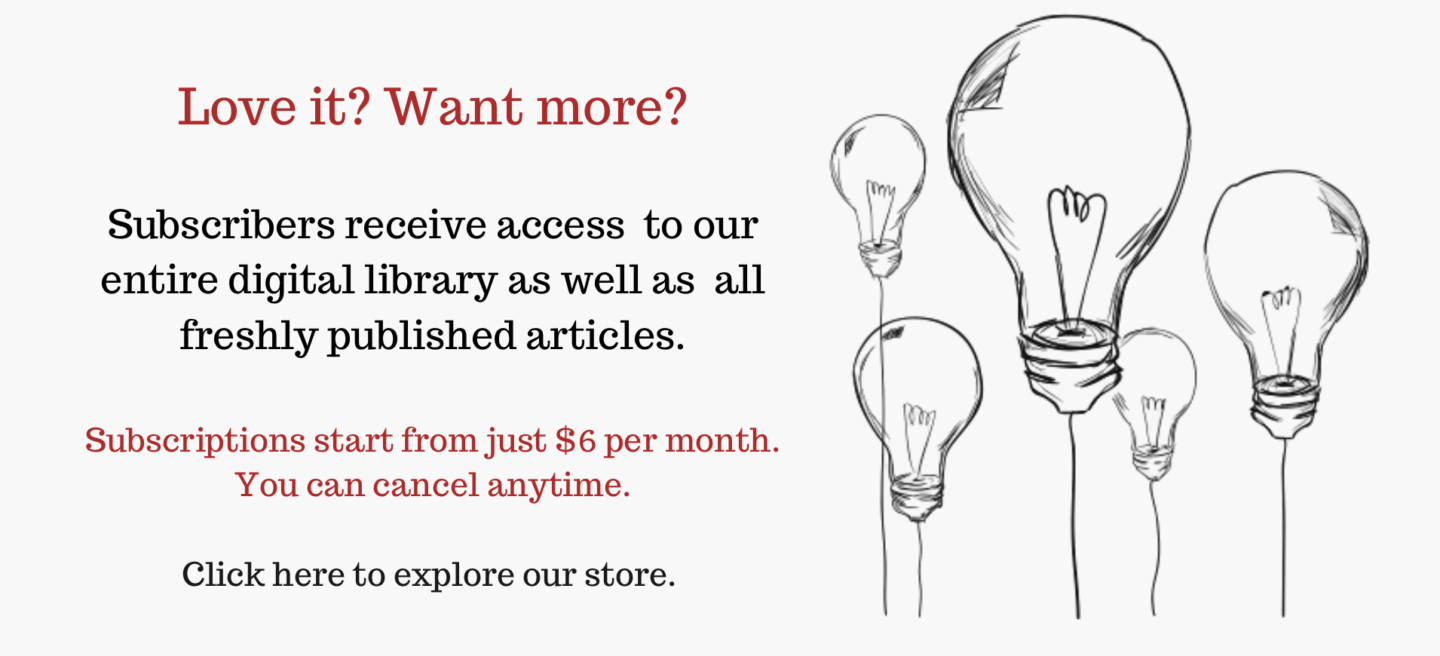
Share article
About the author
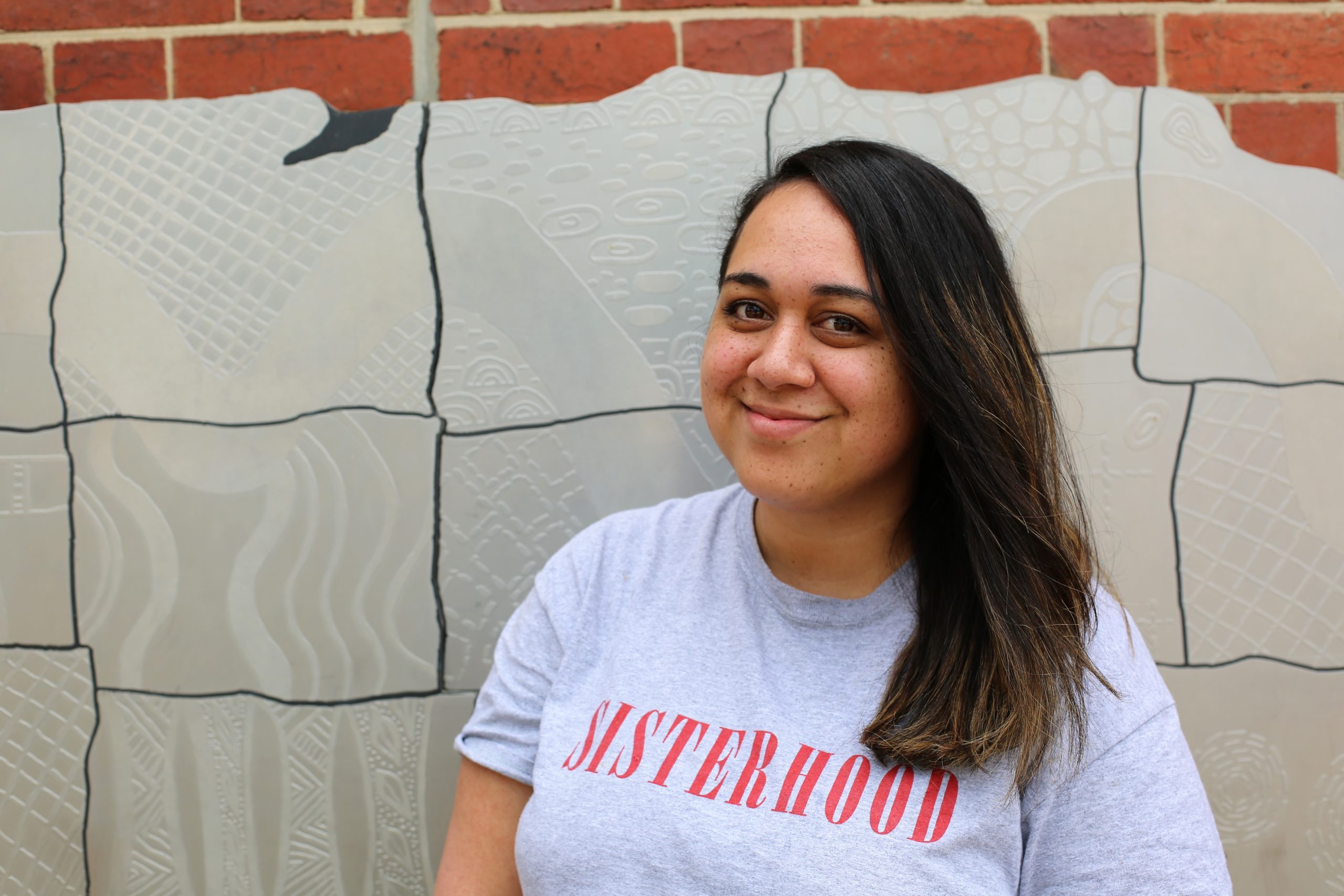
Hayley McQuire
Hayley McQuire is a Darumbal and South Sea Islander woman and social justice advocate. Her work is centered on community, relationality and convening new collectives...
More from this edition

what did you want to be when you grew up?
Poetrydad, did you ever want to live in a treehouse with a monkey butler? wear a helmet made of an ice-cream container? hoon across...
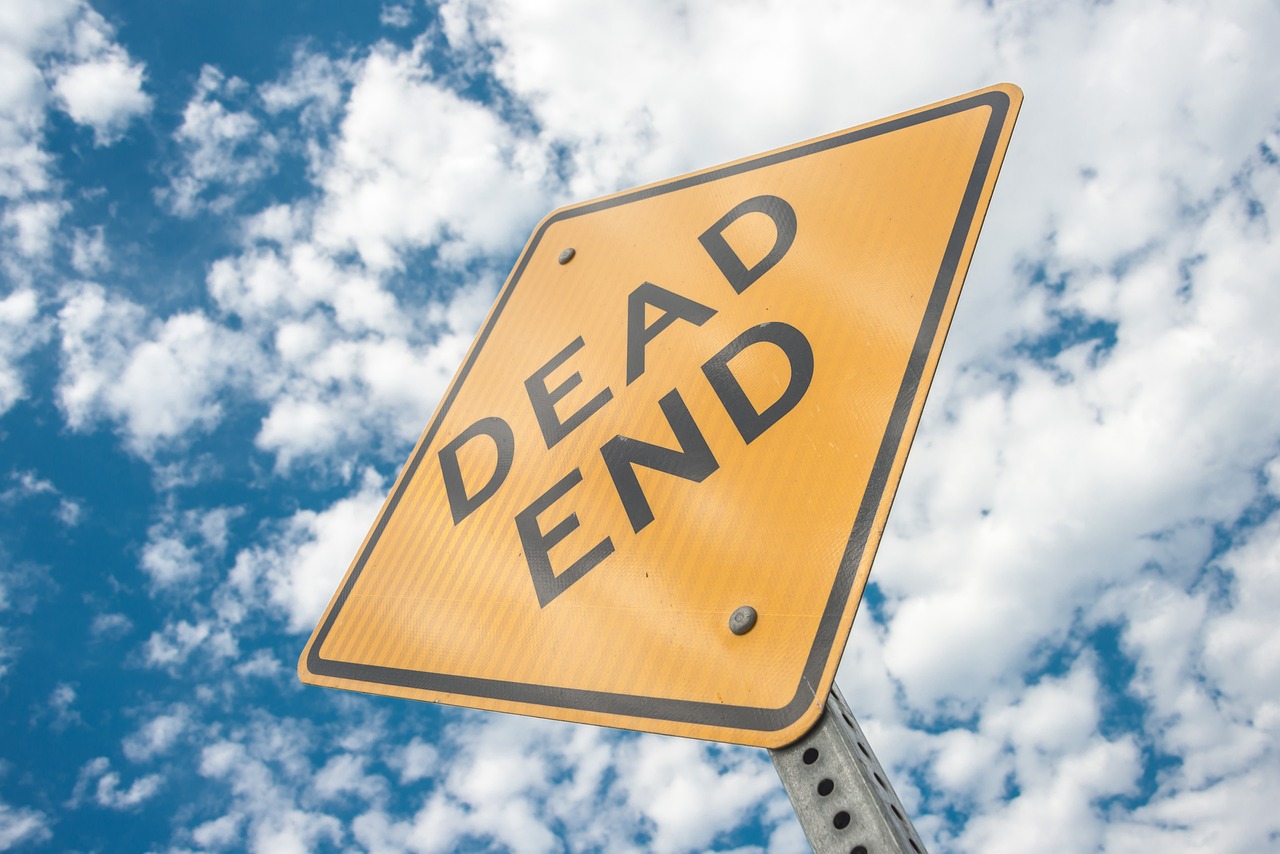
‘I will not be doing it again’
Memoir I’VE BEEN TEACHING at Australian universities for twenty-five years now. I began when I was twenty-seven – I’m now fifty-two. This means I’ve been...

Prismatic perspectives
IntroductionClick here to listen to Editor Ashley Hay read her introduction ‘Prismatic perspectives’. IN 1816, DAVID Brewster, a Scottish mathematician and physicist, invented a new kind of optical device....